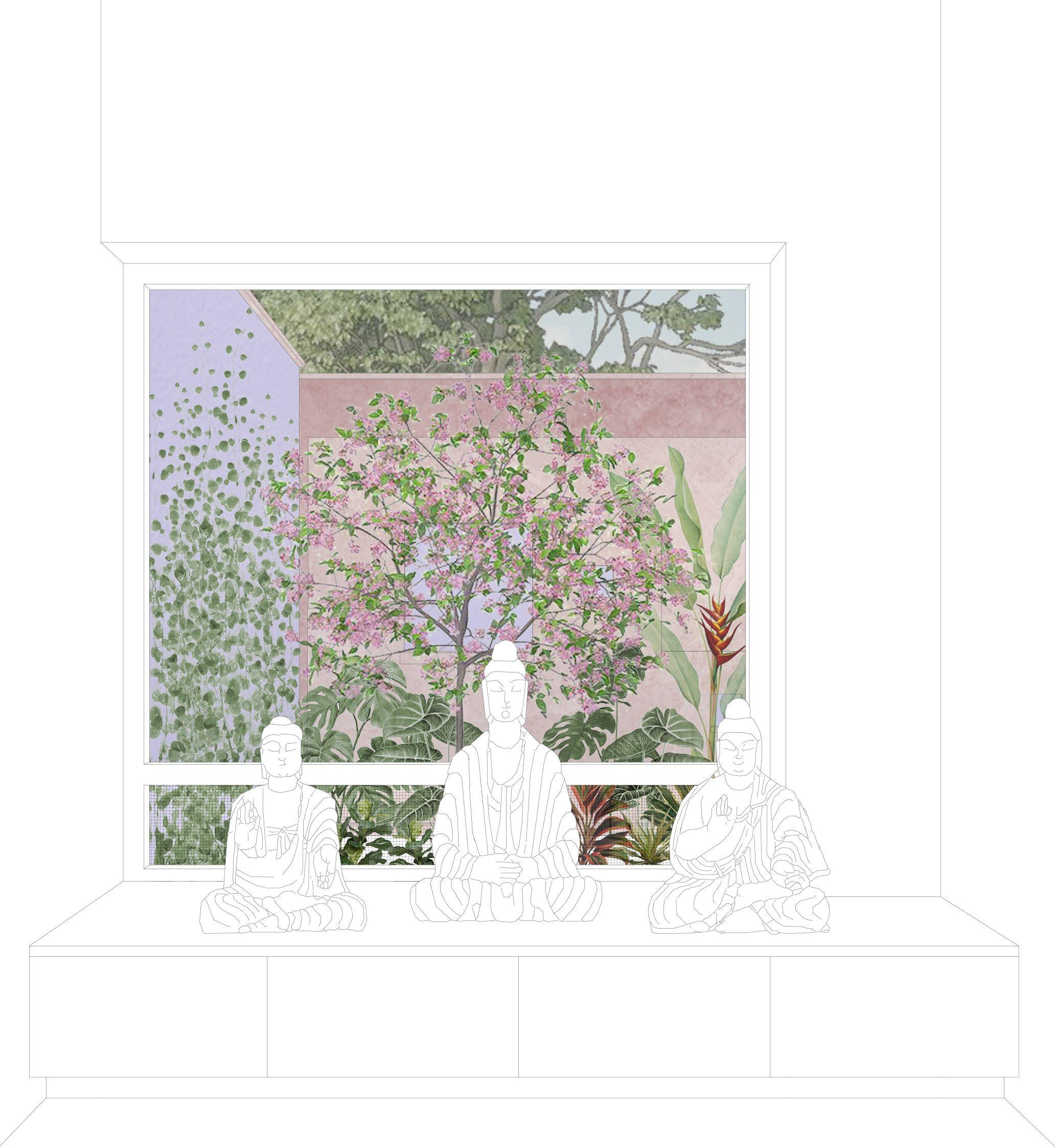
1 minute read
INSERSTITIAL LIVING: RETHINKING URBAN HOUSING
Location: Nashik
Type: Architecture (Mass Housing)
Advertisement
Guide: Prasad Shetty and Vastavikta Bhagat
‘Interstitial Living’ is a socialurban housing proposal that rejects individual units as a basis of collective living and instead proposes the shared interstitials between housing units as generator of public life. The question for this provocation is: if the aggregation of housing is re-shifted to provide interstitial spaces between buildings, then what newer types of publicprivate realms can be created?
The site for this intervention is along the edge of the Godavari river in Nasik in a neighborhood that has been allocated for townships. The provocation questions and reimagies the idea of a township with five principles that cater to the different concepts of planning the unit, cluster, public spaces and circulation.
To design the units, a modular approach was adopted. Each program within a house is considered as a module, coming together to make the housing unit. In the cluster, the volumes of interstitial spaces fall into two main categories: Neighbor scale and Neighborhood scale. Where the urban, multi-family housing enhances human plurality by smudging the boundaries between public and domestic space in order to allow the human condition to flow more seamlessly between the two realms.
Argumentative Views: Ground Floor, Promenade


As non-designated spaces between built form (houses)- A series of shared, non-defined spaces consisting of mixed public functions, creating overlaps of activities where chance encounters are able to occur. As a threshold acting in a continuum- Where the inside and outside diffuse but keep the private sacred.
Of various scales - Allowing for domestication and flexibility through different agencies.
Forming a labyrinth - A network where the open spaces are connected to create a continuous, permeable layout of the built form.

As nodes for recreation - Open spaces that allow for social and commercial transactions between users. And in turn become spaces for pause, rest and care.
Conceptual Strategies: What Are The Interstitial Spaces Working Towards?




















